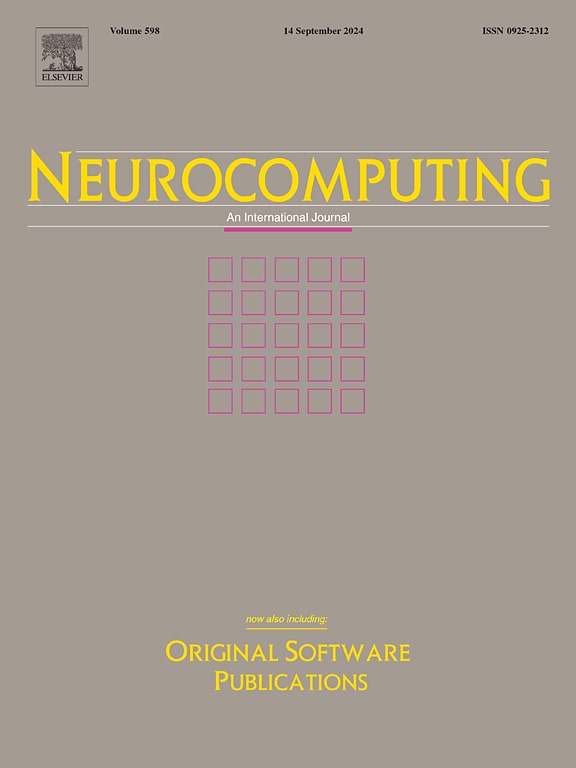
Polar Lights Optimizer: Algorithm and Applications in Image Segmentation and Feature Selection
Chong Yuan, Dong Zhao, Ali Asghar Heidari, Lei Liu, Yi Chen, Huiling Chen
Neurocomputing, Elsevier
DOI, 2024

Chong Yuan, Dong Zhao, Ali Asghar Heidari, Lei Liu, Yi Chen, Huiling Chen
Neurocomputing, Elsevier
DOI, 2024
Algorithm Design: "Polar Lights Optimizer (PLO) introduces unique strategies based on the aurora phenomenon, using gyration motion for local exploitation and aurora oval walk for global exploration "
We are excited to introduce the Polar Lights Optimizer (PLO), a cutting-edge tool for image segmentation and feature selection. Explore its performance and applications through the resources below:
Abstract: This paper presents the Polar Lights Optimization (PLO) algorithm, inspired by the aurora phenomenon. PLO combines global exploration and local exploitation by integrating gyration motion and aurora oval walk strategies. Additionally, a particle collision strategy is introduced to enhance the algorithm’s ability to escape local optima. The performance of PLO is evaluated against nine classic and eight high-performance algorithms using 30 benchmark functions from IEEE CEC2014 and 12 benchmark functions from IEEE CEC2022. PLO is also applied to multi-threshold image segmentation and feature selection problems, demonstrating its effectiveness on 10 images from the Invasive Ductal Carcinoma (IDC) medical dataset and 8 medical datasets. The results show that PLO is a promising algorithm for addressing real-world challenges.
Polar Lights Optimization (PLO): PLO is an innovative optimization algorithm inspired by the natural aurora phenomenon. It uses a combination of local and global search strategies to effectively tackle complex optimization problems. The following provides a detailed overview of the fundamental components and processes involved in PLO.
Conceptual Foundation: PLO mimics the behavior of energetic particles influenced by the geomagnetic field and Earth's atmosphere. The algorithm’s design reflects the dynamic and complex nature of auroras, enabling effective exploration and exploitation of the solution space.
Algorithm Structure: The PLO algorithm consists of several distinct phases, each contributing to the optimization process:
Initialization: The algorithm starts by initializing a population of particles, each representing a potential solution within the solution space.
Gyration Motion: Particles exhibit gyration motion influenced by a simulated magnetic field, representing local search strategies.
Aurora Oval Walk: Particles explore the solution space based on an auroral oval walk strategy, reflecting global search capabilities.
Particle Collision: Particles may collide to escape local optima and explore new regions of the solution space.
Termination: The process continues until a stopping criterion is met, such as convergence or reaching a maximum number of iterations.
Gyration Motion: Inspired by the gyratory motion of charged particles, PLO uses a model to simulate velocity changes and adjust search strategies based on local exploration dynamics.
Aurora Oval Walk: This strategy facilitates global exploration by mimicking the elliptical path of auroras. Particles use this walk to explore new areas and enhance the search process.
Particle Collision: A particle collision strategy is employed to enhance the algorithm's ability to escape local optima. This mechanism allows particles to interact and explore new regions in the solution space.
Summary of PLO Stages: To summarize, PLO incorporates several key mechanisms inspired by the aurora phenomenon:
Gyration Motion: Represents local search dynamics based on particle movement in a magnetic field.
Aurora Oval Walk: Facilitates global exploration through a simulated elliptical path.
Particle Collision: Enhances the algorithm's ability to escape local optima and explore new regions.
The PLO algorithm starts with an initialized population and iteratively applies gyration motion, aurora oval walk, and particle collision strategies to optimize solutions.